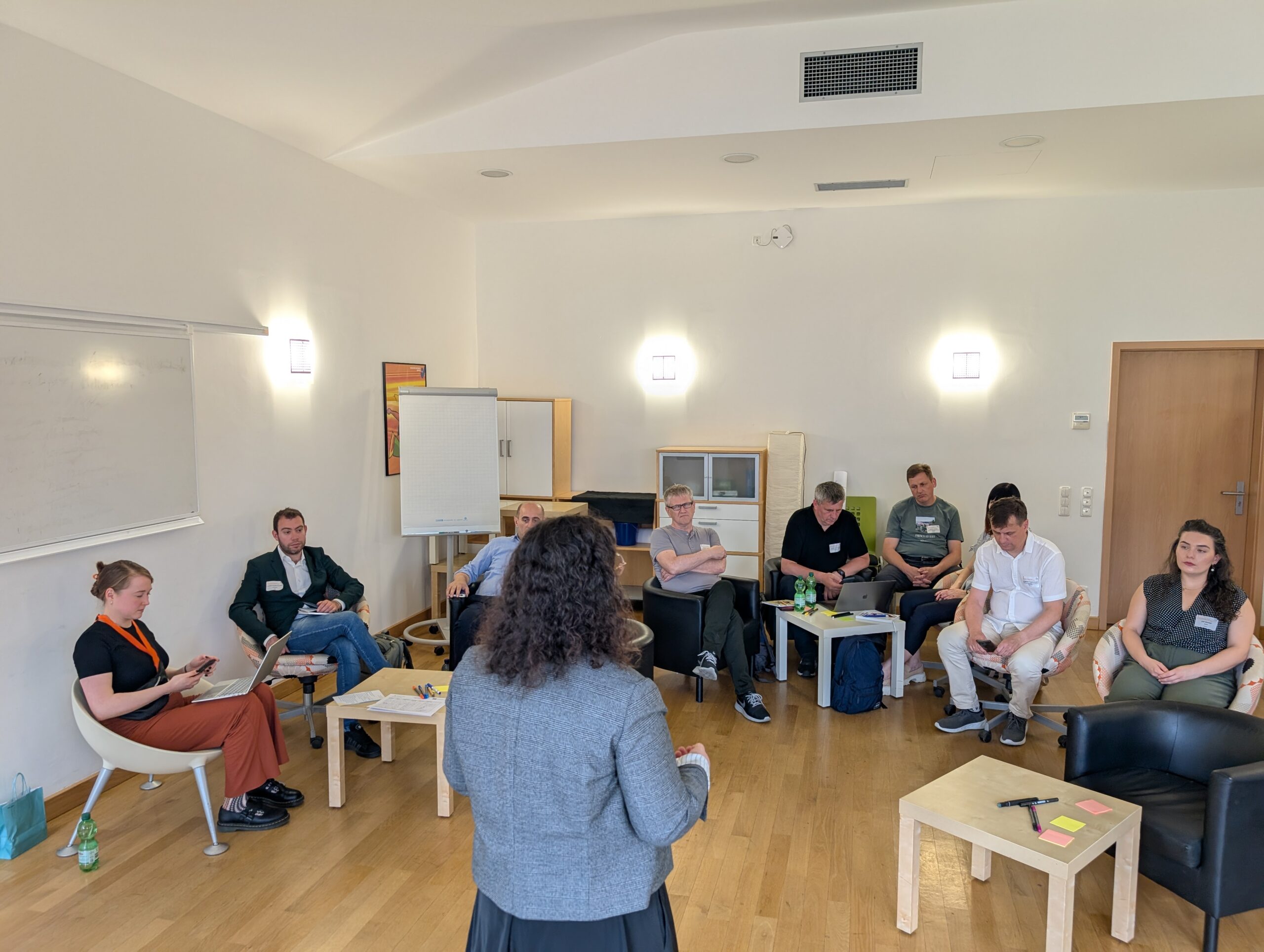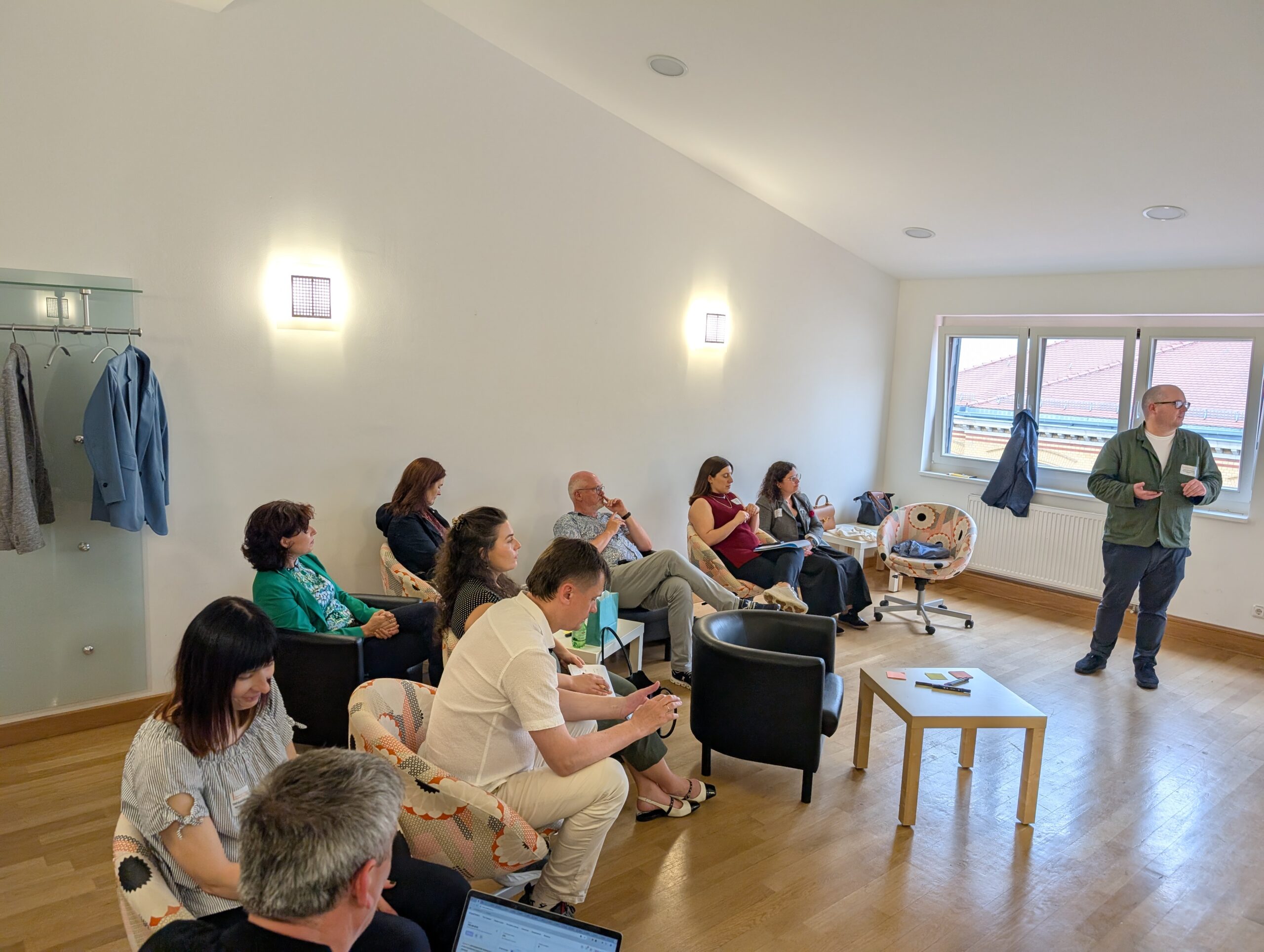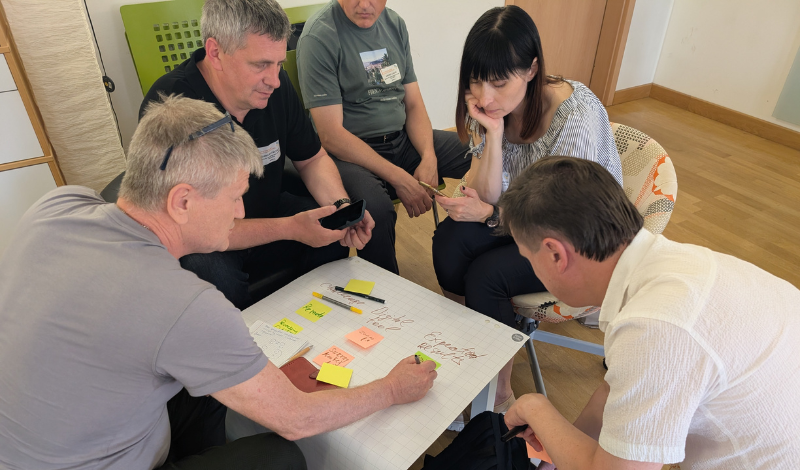Technology-assisted teaching has the potential to break down traditional barriers which have continuously excluded groups and communities from vulnerable contexts from quality education. Open source digital learning platforms, adaptive software, and assistive technologies can support students with disabilities, those from economically disadvantaged backgrounds, and learners in remote areas to access educational opportunities.
The Trends Shaping Education 2025 report states that digital tools and especially emerging technologies (ET) are already changing how we work, learn and communicate, influencing education and moving towards a digital education system. Some authors argue that digital tools are already integrated into various aspects of everyday teaching and learning practices, but that the use of educational technologies with advanced automation capabilities (where educators only supervise and monitor) has limited prevalence. Others mentioned that only Artificial Intelligence (AI) text generators or chatbots are used frequently by students, with or without the approval of their educators.
Benefits and challenges of emerging technologies in education
Studies show potential benefits and opportunities of the use of emerging technologies in educational and learning settings. AI can function as an intelligent tutoring system and enabling individualised learning experiences and incorporating immediate feedback. AI can also support accessing content or enabling interactions with users across languages, reducing language barriers.
 |  |  |
Besides AI teaching assistants, other practical scenarios can include Virtual Reality (VR) in vocational education and training (VET), language learning tools for migrants, and specialised social and humanoid robots for learners with special needs. Immersive technologies like VR, robotics and simulated realities are normally used to teach skills in technical fields, but they are also being explored for teaching and learning soft skills. For example, VR could help learners to experience life from another person’s viewpoint by virtually stepping into their physical reality, showing promise in fostering empathy and enhancing attitudes toward marginalised groups. Social robots could also support the education sector. They could provide support in adaptive tutoring using natural language communication or encourage learning by acting as peer learners. Robots with emotion-recognition artificial intelligence have already demonstrated effectiveness in addressing mental health issues, such as feelings of loneliness, and in improving social skills among people on the autism spectrum.
While the opportunities exist for technology-assisted teaching to promote social inclusion, it is crucial to recognise that the use of technology can enhance the current digital divide, when we think of the population that does not own appropriate hardware, where there is a lack of available devices and connectivity or of the specific advanced technologies. Data from 2019 shows that 25% of low-income households have no access to computers and broadband, so ensuring educational institutions and learners have access to reliable internet outside their households is critical. Municipalities, community centres, libraries and learning providers play an important role in making devices accessible to learners, both in the context of learning but also by lending them devices for practice and guiding them on their functionalities.
Insights on the workshop of ETHLAE: Emerging Technologies for Holistic Literacy in Adult Education
In the scope of the EAEA Annual Conference in Leipzig in June 2025, practitioners, adult educators gathered for a Capacity Building Lab focused on the use of technology in education and learning, specifically from the perspective of promoting social inclusion. The event, called Digital pathways: Supporting literacy and assisting learning, was held under the Erasmus+ project, ETHLAE.
 |  |  |
Dina Soeiro, a Professor at the Education School of the Polytechnic University of Coimbra, Portugal, in adult education and gerontological intervention, opened the session presenting Learner Literacy Narratives: A Library of Life, Love and Loss. This nitiative consists of a 3D Library with the works done by learners. Based on an object, learners were challenged to tell their stories (using multimedia content, with a mix of text, photos, and videos). The 3D Library, an interactive «museum», showcases and makes available for everyone the stories of learners in different countries and communities.
Alex Stevenson, Deputy Director of Learning & Work (L&W), explored a recent UK adult participation in learning survey, which has run since 1996. Key insights show that most adult learners are using technology as part of their learning, with an increase in the use of artificial intelligence (18%) compared to the previous year (14%) and a steady low use of virtual reality (9%). Nearly 90% of learners identify technology as an enabler, providing different reasons, including making learning more accessible and affordable. The question of confidence in using technology is also crucial. The survey shows that confidence in using technology is higher in everyday life than in the context of learning, which is an interesting factor to consider when designing technology-assisted learning offers.
Participants had the chance to reflect and work together on how to combine traditional and digital tools to support learning, especially for groups in vulnerable contexts and communities, in a practical part of the session run by Maria Gonçalves Ribeiro, Policy and Projects Coordinator at EAEA.
To learn more about the ETHLAE project, visit: https://eaea.org/project/ethlae/. New developments will be updated soon!
Read more on the references of this article at:
- OECD Shaping Digital Education (2023): https://www.oecd.org/en/publications/shaping-digital-education_bac4dc9f-en.html
- OECD Digital Education Outlook 2023 – Towards an Effective Digital Education Ecosystem: https://www.oecd.org/en/publications/2023/12/oecd-digital-education-outlook-2023_c827b81a.html
- OECD An immersive technologies policy primer – Working Paper (2025): https://www.oecd.org/en/publications/an-immersive-technologies-policy-primer_cf39863d-en.html
- Emerging technologies and the teaching profession – Joint Research Centre (2020): https://op.europa.eu/en/publication-detail/-/publication/c72792a7-084f-11eb-a511-01aa75ed71a1/language-en
- OECD Trends Shaping Education 2025: https://www.oecd.org/en/publications/trends-shaping-education-2025_ee6587fd-en.html
- European Commission Digital Education Action Plan 2021-2027: https://eur-lex.europa.eu/legal-content/EN/TXT/PDF/?uri=CELEX:52020DC0624
Following the GDPR, we have obtained written consent from all participants for the use of their photos. The remaining photos are by vadimguzhva from Getty Images, SeventyFour from Getty Images Pro and Laurence Dutton from Getty Images Signature.
ETHLAE – Emerging Technologies for Holistic Literacy in Adult Education (Project: 101184061 — ERASMUS-EDU-2024-PCOOP-ENGO). Funded by the European Union. Views and opinions expressed are however those of the author(s) only and do not necessarily reflect those of the European Union or the European Education and Culture Executive Agency (EACEA). Neither the European Union nor EACEA can be held responsible for them.

